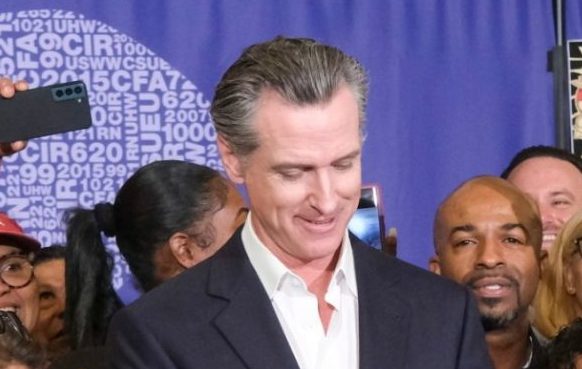Minimum-wage workers in 22 states will get a raise on Jan. 1, 2024, although inflation will lessen the impact of the increase.
Nevertheless, Maryland, New Jersey, New York and Rhode Island are increasing their minimum-wage requirements to at least $15 an hour for non-tipped employees, joining California, Connecticut, Massachusetts, Washington state and the District of Columbia who have reached at least that level or will in 2024. That’s the most since the Fight for $15 movement began pushing in 2012 for increases above the federal minimum wage, which has remained at $7.25 for almost 15 years.
California is increasing its minimum wage to $16, but there are gradually increasing exceptions for fast-food workers and health care workers. Washington will have the highest minimum wage of any state, going from $15.74 to $16.28 — more than double the federal rate.
There will be notable increases in states that remain below $15 hourly, such as Alaska, moving from $10.85 to $11.73; Hawaii, moving from $12 to $14; Delaware, moving from $11.75 to $13.25; Illinois, moving from $13 to $14 and Nebraska, going from $10.50 to $12.
Three other states will increase minimum wages later in 2024. Nevada and Oregon will increase their wages on July 1, with Nevada reaching $12, eliminating the two-tier structure that allowed state employers to pay $10.25 to workers with qualified health benefits, and $11.25 for workers without. Oregon will boost its minimum wage, which ranges from $13.20 (most of the state) to $15.45 (based on municipal laws in Portland), to at least $14.20, including an-as-yet-undetermined rate based on the Consumer Price Index. Florida will rise from $12 to $13 on Sept. 30, part of a gradual increase to $15 by 2026.
Arizona, Colorado, Maine, Michigan, Minnesota, Missouri, Montana, Ohio, South Dakota and Vermont will also see increases.
The Fight for $15 movement and others have sought to raise the federal minimum wage to $15, but during nearly 15 years of stagnation, that $15 doesn’t stretch as far as it once did. Proponents of the $15 wage increasingly have been lobbying Congress to raise it to $17. According to the Center for American Progress, in 2021, a minimum wage of $17 would have proven beneficial for some 51 million workers, which represents nearly one-third of the U.S. workforce.
Still, the $15 figure has affected the job market as employers are finding that’s the number it takes to fill jobs.
“That number is not a coincidence,” Aaron Sojourner, an economist at the University of Minnesota, told the Associated Press. “It’s the number that those activists and workers put on the table 10 years ago, and built a movement toward.”
The National Employment Law Project, an advocacy group for low-income workers, states that “the federal minimum wage—stuck at $7.25 since 2009—has lost 30 percent of its value.” NELP has issued a report that claimed 26 million people, or about 16% of workers, have received higher pay because of all the state and local minimum wage increases since 2012 — even in states that have resisted the $15 hourly wage. Those raises have benefited Black and Hispanic workers, in particular, with the higher minimums reducing racial wage gaps.

















